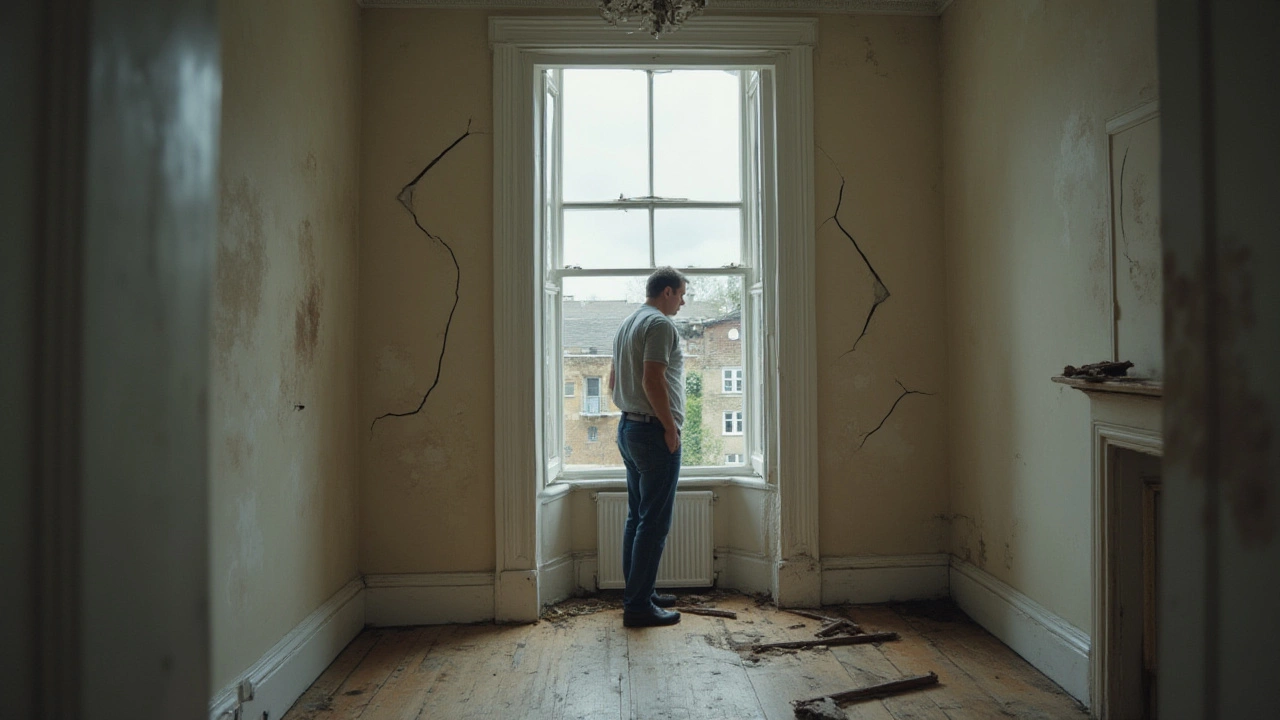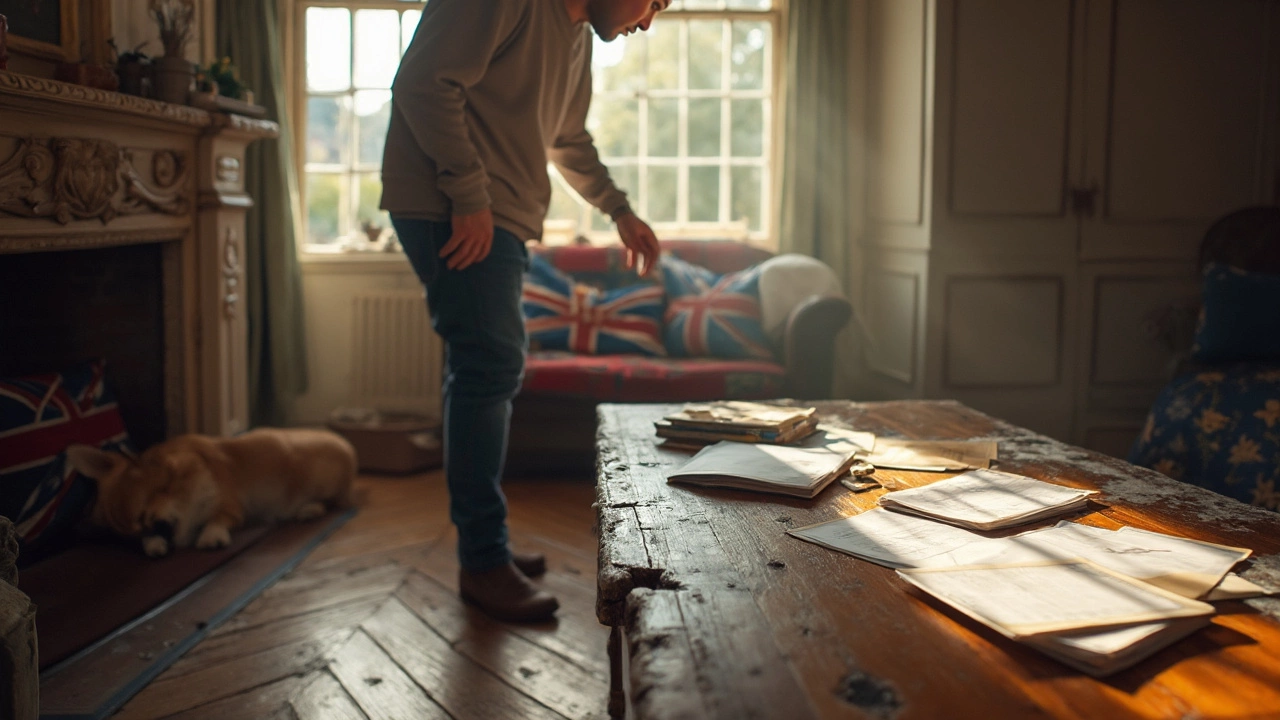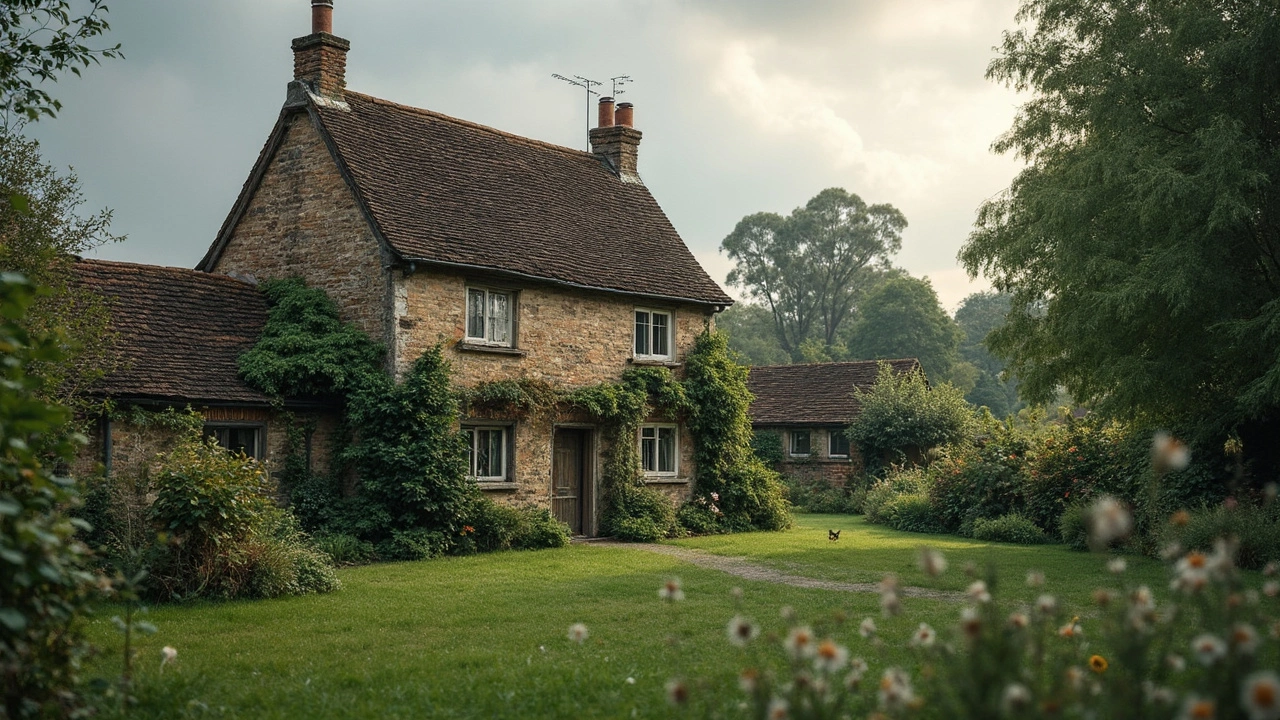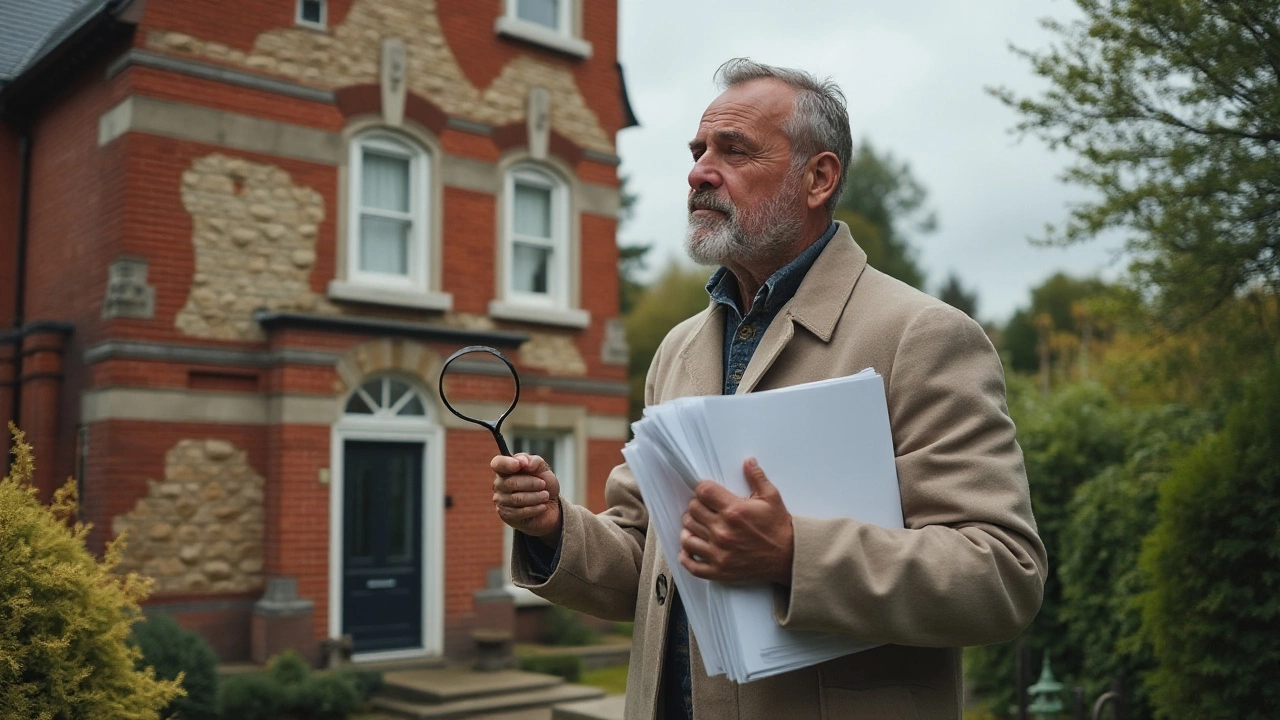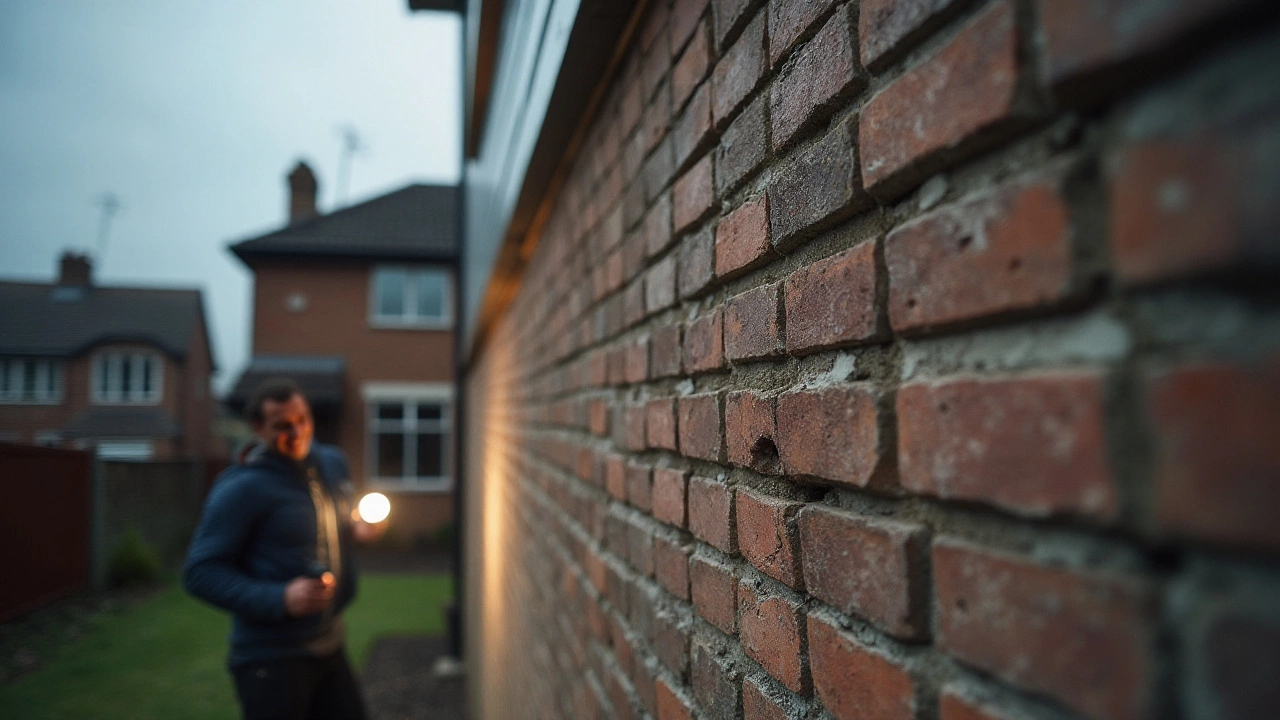Structural Damage: Spot the Signs and Fix the Issues
Noticing cracks in walls, uneven floors, or doors that won’t close right? Those are common clues that something in your home’s structure isn’t right. Structural damage can creep in slowly, but catching it early saves you time, money, and headaches.
First thing to do is walk around your house and look for obvious problems. Cracks bigger than a hairline, especially those that grow, often mean the foundation is moving. If you see doors or windows that jam, it might be because the frame has shifted. Pay attention to squeaky floors – they can signal joist issues or settling foundations.
Why Structural Damage Happens
Most damage starts with moisture. Leaking roofs, poor drainage, or high humidity let water seep into walls and foundations. Over time, wood rots, concrete cracks, and metal corrodes. In the UK, older homes are especially vulnerable to damp and mold, which can weaken load‑bearing walls.
Another big cause is the ground itself. Expanding clay soils, heavy trees, or nearby construction can push on your foundation. When the soil shifts, the concrete or brick foundation can crack, leading to uneven floors and wall movement.
Quick Fixes and When to Call a Pro
If the cracks are small and the floors feel solid, you can try a simple repair. Fill hairline cracks with a flexible filler, and keep gutters clear so water flows away from the house. Adding a waterproof membrane around the foundation helps keep moisture out.
But don’t try to DIY major foundation work. Piering, underpinning, or extensive concrete repairs need a specialist. A professional will assess the soil, check for hidden water damage, and design a solution that restores stability. Skipping the expert can make the problem worse and end up costing more.
Roof issues also tie into structural health. A sagging roof puts extra pressure on the walls and can cause leaks that soak the ceiling joists. If a roof repair quote looks huge, ask the contractor to explain why. Sometimes you can save money by fixing ventilation or adding insulation instead of a full roof replacement.
Don’t forget about mold. Mold thrives in damp spots caused by water leaks or poor ventilation. While mold itself isn’t structural, the moisture that creates it can rot wood and weaken support beams. Spotting musty smells, discoloration, or peeling paint early helps you address the underlying water problem before the structure suffers.
Finally, keep an eye on any new construction or renovation work. Even well‑intended projects can disturb the foundation if the ground isn’t properly supported. Ask your builder about soil testing and ensure any added loads, like a heavy bathtub, have adequate support.
Bottom line: regular checks, good drainage, and timely professional help are the best ways to protect your home from structural damage. A quick inspection each season can catch problems before they turn into costly repairs, keeping your home safe and solid for years to come.
Major Foundation Issues: Recognizing Structural Damage Signs and Solutions
- Gavin Whitaker
- |
- |
- 0
Cracks in your walls or doors that won't shut? Learn what really counts as a major foundation issue and what repairs could look like for your home or business.
View moreAre Sagging Floors Covered by Insurance? What Homeowners Need to Know
- Gavin Whitaker
- |
- |
- 0
Wondering if your insurance will cover sagging floors? This article breaks down what policies usually include, what’s often excluded, and how insurers determine responsibility. Get clear info on the difference between sudden events and gradual problems, plus tips for handling claims if your floor starts to give way. Protect your home by understanding where you stand before trouble hits.
View moreCan a Foundation Be Unfixable? Exploring The Depths of Foundation Repair
- Gavin Whitaker
- |
- |
- 0
Unravel the complexities of foundation repair to discover if some issues can truly be unfixable. Understand common foundation problems, the signs that indicate trouble, and essential tips for maintaining a solid base for your home. Explore when professional intervention might be necessary and learn how early detection can save time and money. Delve into real-world scenarios to see just how crucial foundation maintenance can be.
View moreWhat Happens If You Don't Fix a Foundation Crack?
- Gavin Whitaker
- |
- |
- 0
Ignoring a foundation crack might seem harmless at first, but it can lead to serious structural issues over time. Water seepage, mold growth, and uneven floors are just a few problems that can arise. Knowing how to identify and address these cracks promptly could save homeowners from costly repairs. This article explores potential consequences and offers practical tips for dealing with foundation cracks effectively.
View moreInsurance Coverage for Foundation and Structural Damage Explained
- Gavin Whitaker
- |
- |
- 0
This article explores whether insurance covers structural damage, focusing on foundation repair and related scenarios. It highlights typical insurance policies, common causes of structural issues, and how to assess coverage. Homeowners will learn the steps to take when filing claims and additional protection options. Practical tips and interesting facts are included to help navigate these challenges effectively.
View moreIdentifying Signs of Foundation Problems in Your Home
- Gavin Whitaker
- |
- |
- 0
Foundation issues can sneak up on homeowners, causing a variety of structural problems. Identifying early warning signs is crucial to preventing further damage. Understanding the symptoms of foundation distress, from visible cracks to sticking doors, can help you take timely action. This article explores the tell-tale signs that your home might be facing foundation problems and offers guidance on when to seek professional help.
View more